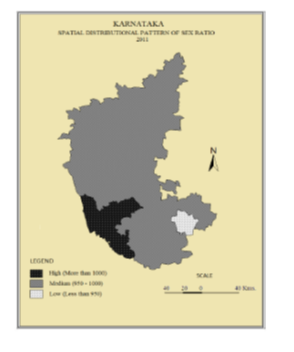
Geographical analysis
Department of Geography & GIS

Department of Geography & GIS

Geographical analysis
Year: 2020, Volume: 9, Issue: 1, Pages: 25-29
Original Article
D K Kamble1, A M Patil2, Prasanna B Joshi3
1Assistant Advisor, NAAC, Bengaluru, Karnataka, India
2Assistant Professor & Head, Department of Geography, RPD College, Belagavi, Karnataka, India
3Assistant Professor & Head, Department of Economics, RPD College, Belagavi, Karnataka, India
Received Date:22 February 2020, Accepted Date:12 May 2020
Human resources constitute the ultimate basis for the wealth of nations. The principal institutional mechanism for developing human skill and knowledge is the formal educational systems. Education is a key factor for the rapid development of a country. Education is the best foundation for any civilized society. It challenges the face of a nation and plays a pivotal role in development. Education is the prime agent to bring desirable modifications in the knowledge, skill and sensitivity of human beings. It is a catalytic factor which can be used as an instrument of developing or producing required skilled manpower. Inequalities between the educational levels of different groups have been both the cause and the effect of the differentials between their levels of socio-economic development. This is especially true of the levels of literacy, which provides the essential pre-condition for educational development. With a view to unravel the complexities in the process of diffusion of literacy, the analysis in the present paper is concerned with the identification, measurement and explanation of inequities in territorial distribution of literacy
Keywords: Regional Imbalance; Literacy; Manpower
© 2020 Kamble et al. This is an open-access article distributed under the terms of the Creative Commons Attribution License, which permits unrestricted use, distribution, and reproduction in any medium, provided the original author and source are credited.
Published By Bangalore University, Bengaluru, Karnataka
Subscribe now for latest articles and news.